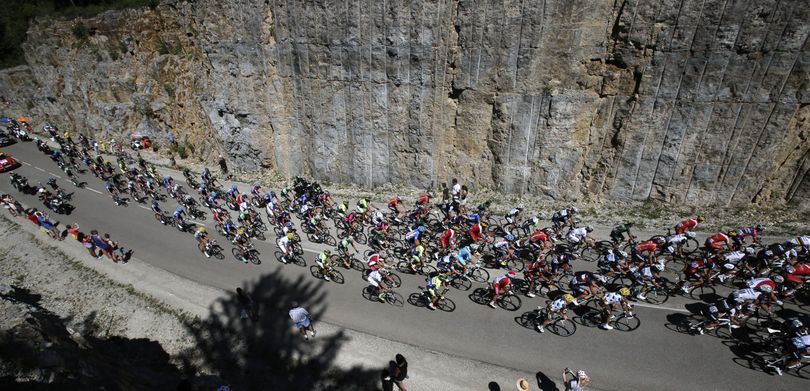WSJ: The Madness of Descent

Oh boy, the Tour de France begins this weekend. The race, the fury, the agony of defeat.
The lycra.
Road racing on bikes isn't everybody's thing, but watching people push their way up and bomb their way down the mountains of Europe is thrilling. And the Wall Street Journal put together a great story about the bomb. The downhill. The descent.
Here are the first four, great paragraphs:
Their fingers were too numb to grip a water bottle, let alone the brakes. As the freezing rain turned to hail on a Saturday afternoon in March, the riders in the peloton shivered their way up the Col Saint-Roch. At the top, there was no relief. As hard as the ascent was, the worst part of the stage was ahead of them: they now had to plunge down the hill.
French rider Tony Gallopin of team Lotto-Soudal, who was chasing the leaders’ group in the Paris-Nice cycling race, knew the famously steep drop in the hills behind Nice would be hair-raising. But like a lot of modern riders, he had learned that seconds could be mined on these mountain descents.
Chasing world road race champion Michal Kwiatkowski, he tucked his body into the most aggressive aerodynamic position he knew. He moved his backside off the saddle and practically rested his chin on the handlebars, where he clung on for dear life.
On the slick, narrow roads, any debris, any jerky twist of the wheel, would cause his inch-wide tires to skid at more than 50 miles an hour. From there, he could be thrown into the side of a cliff, a guardrail or into sheer oblivion.
Hoo boy. Read the rest!
